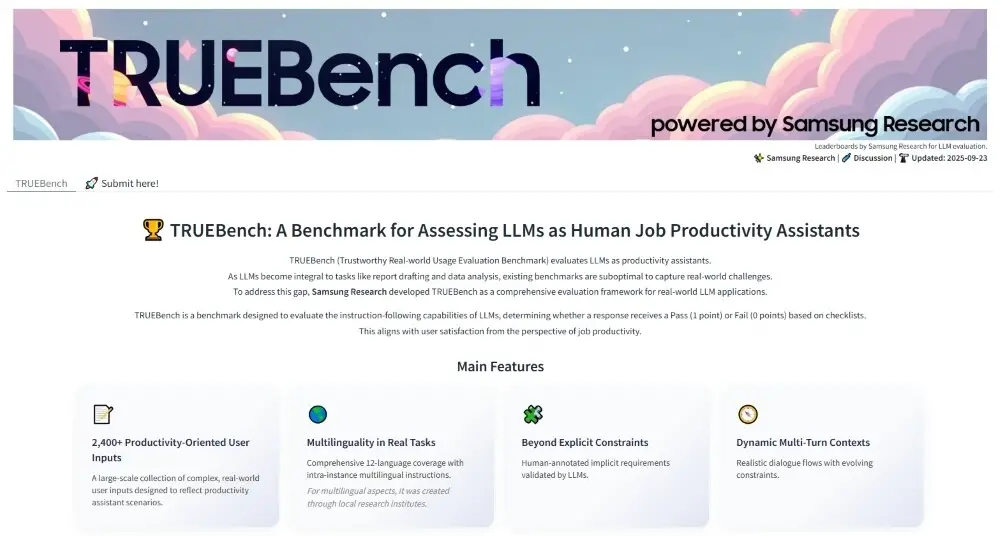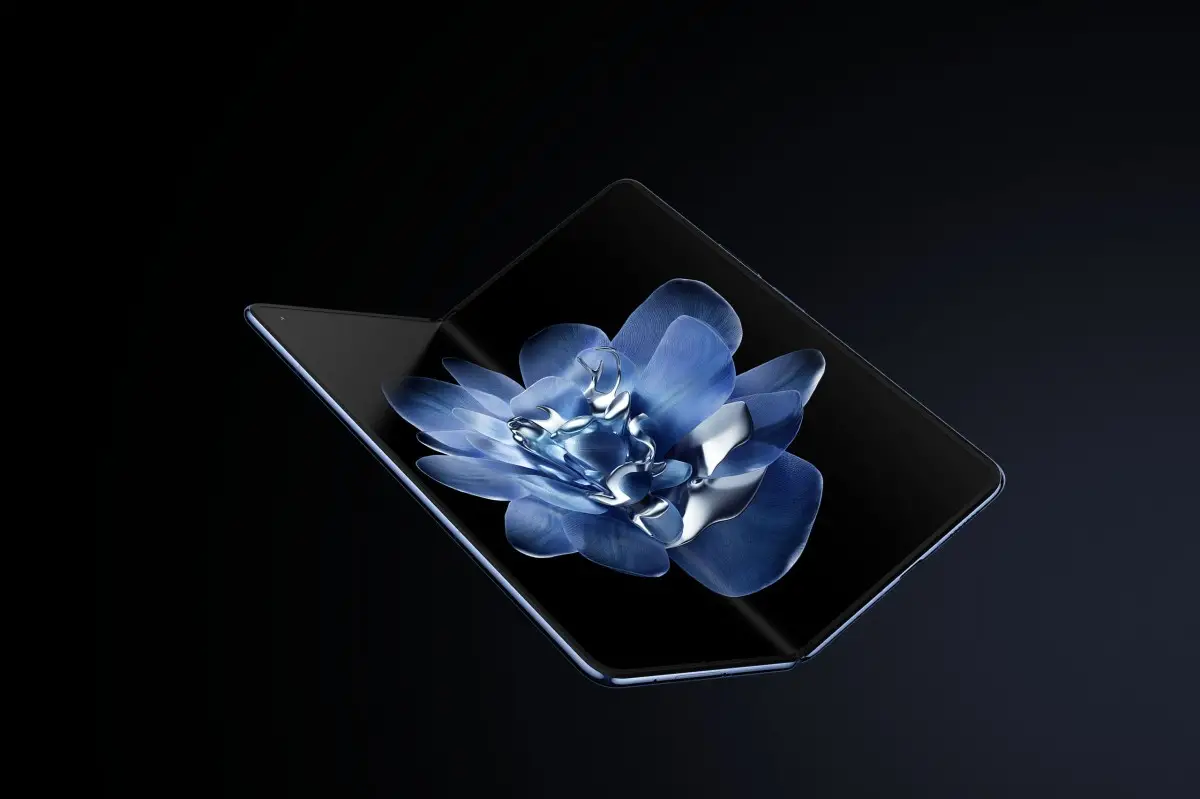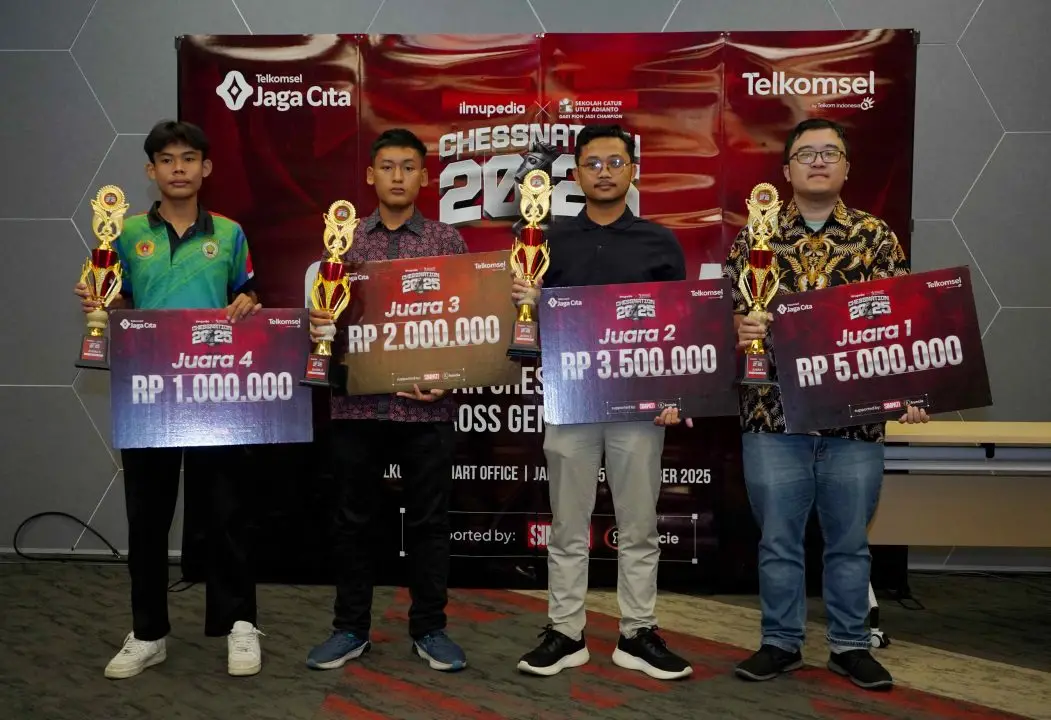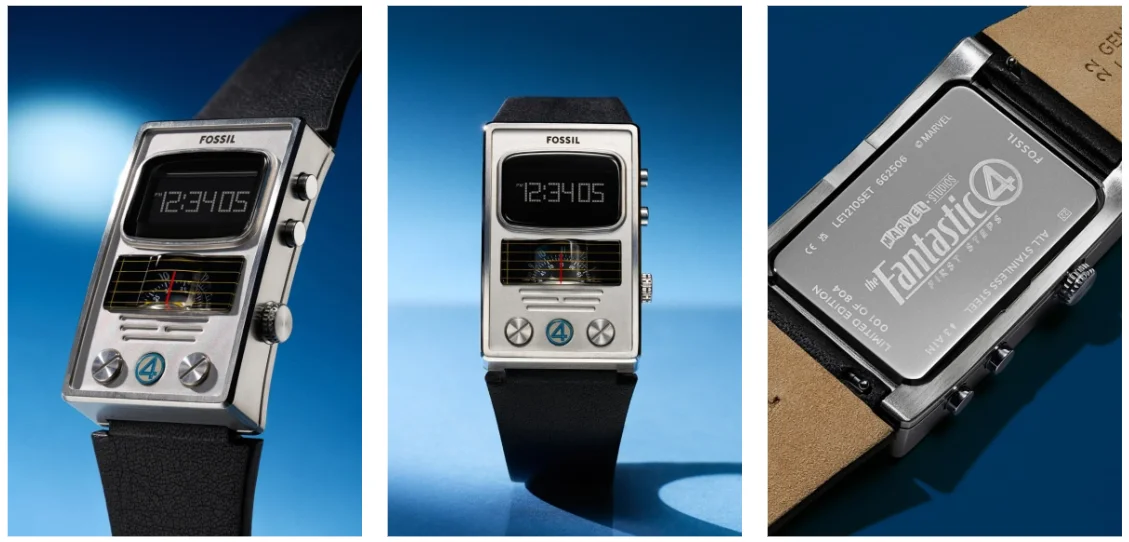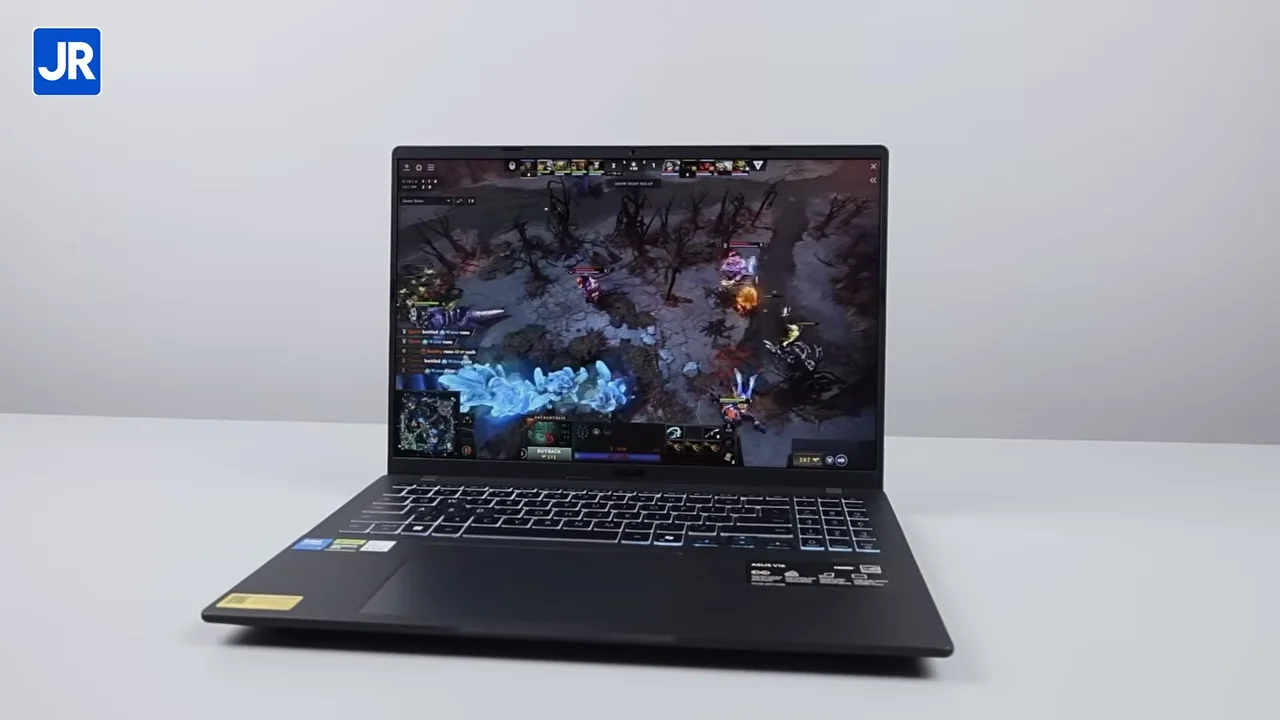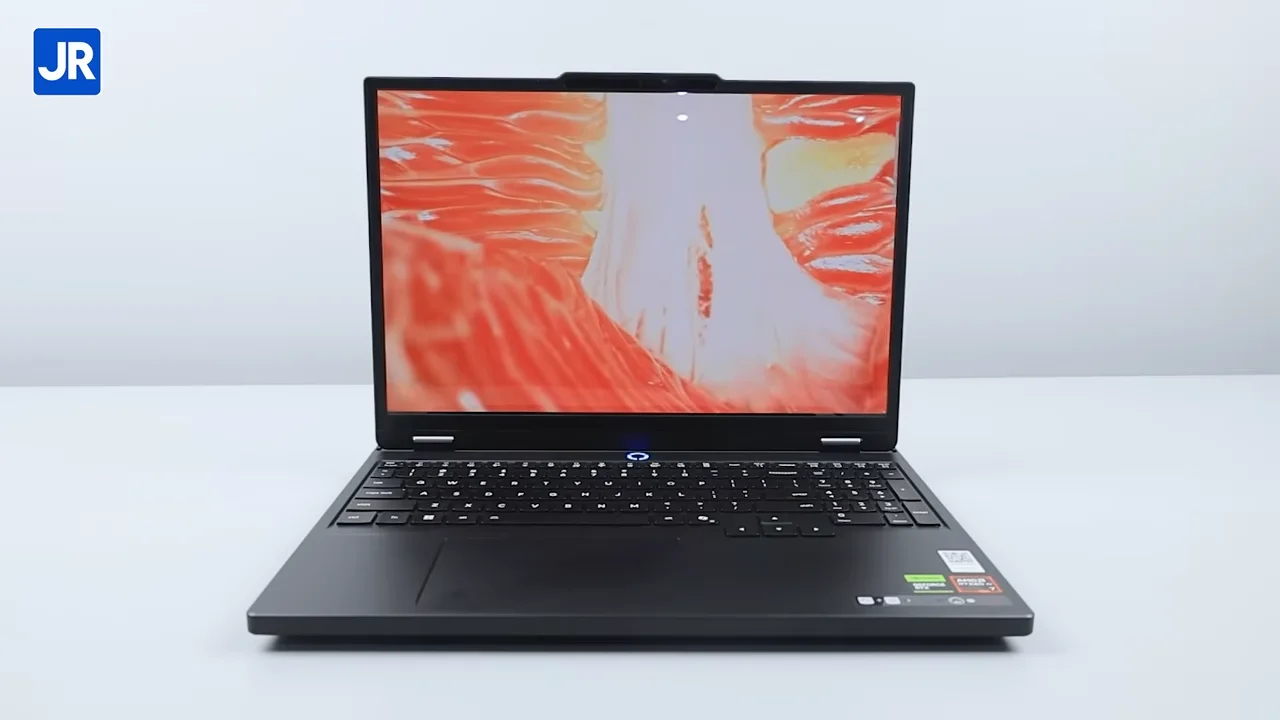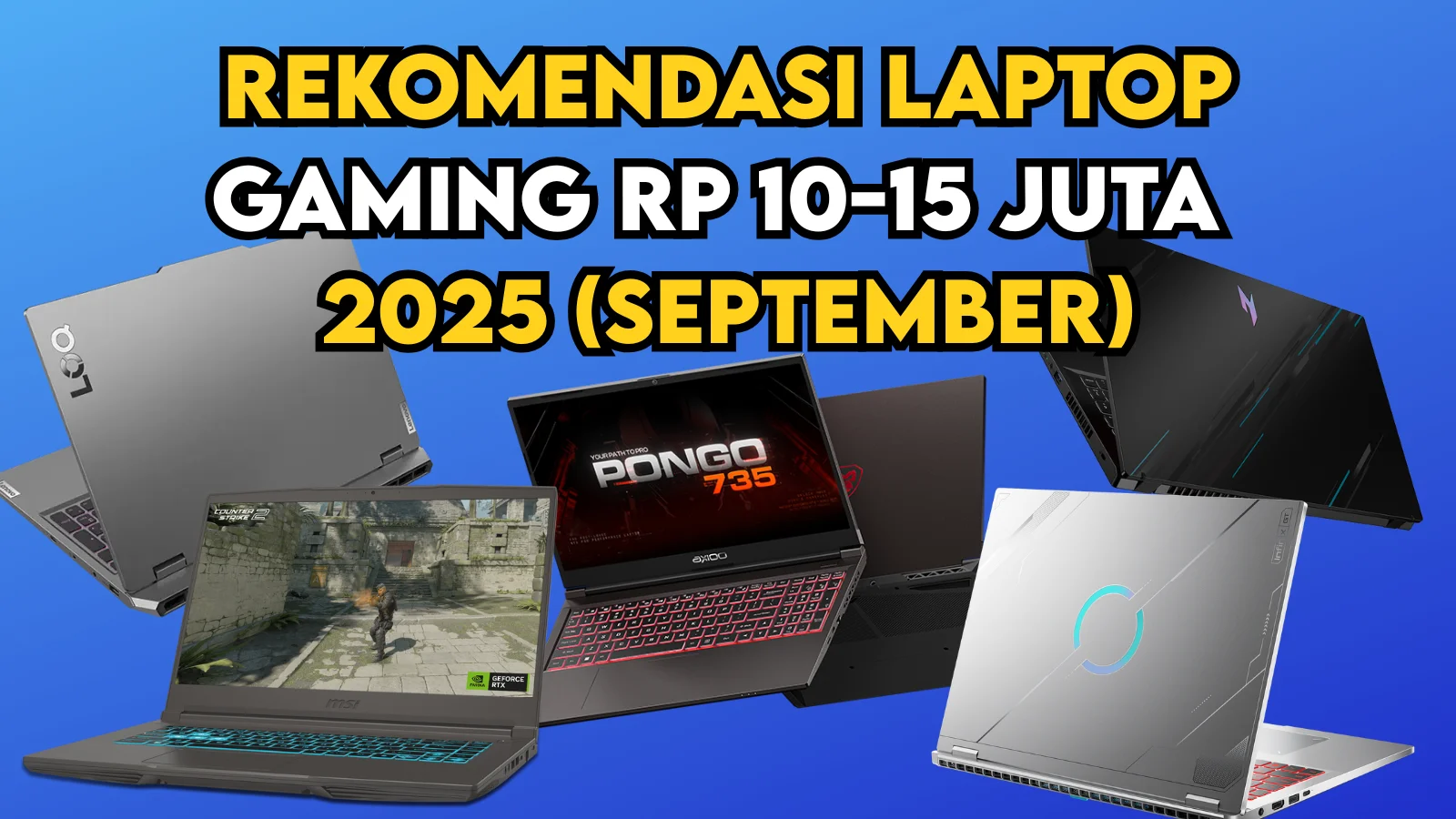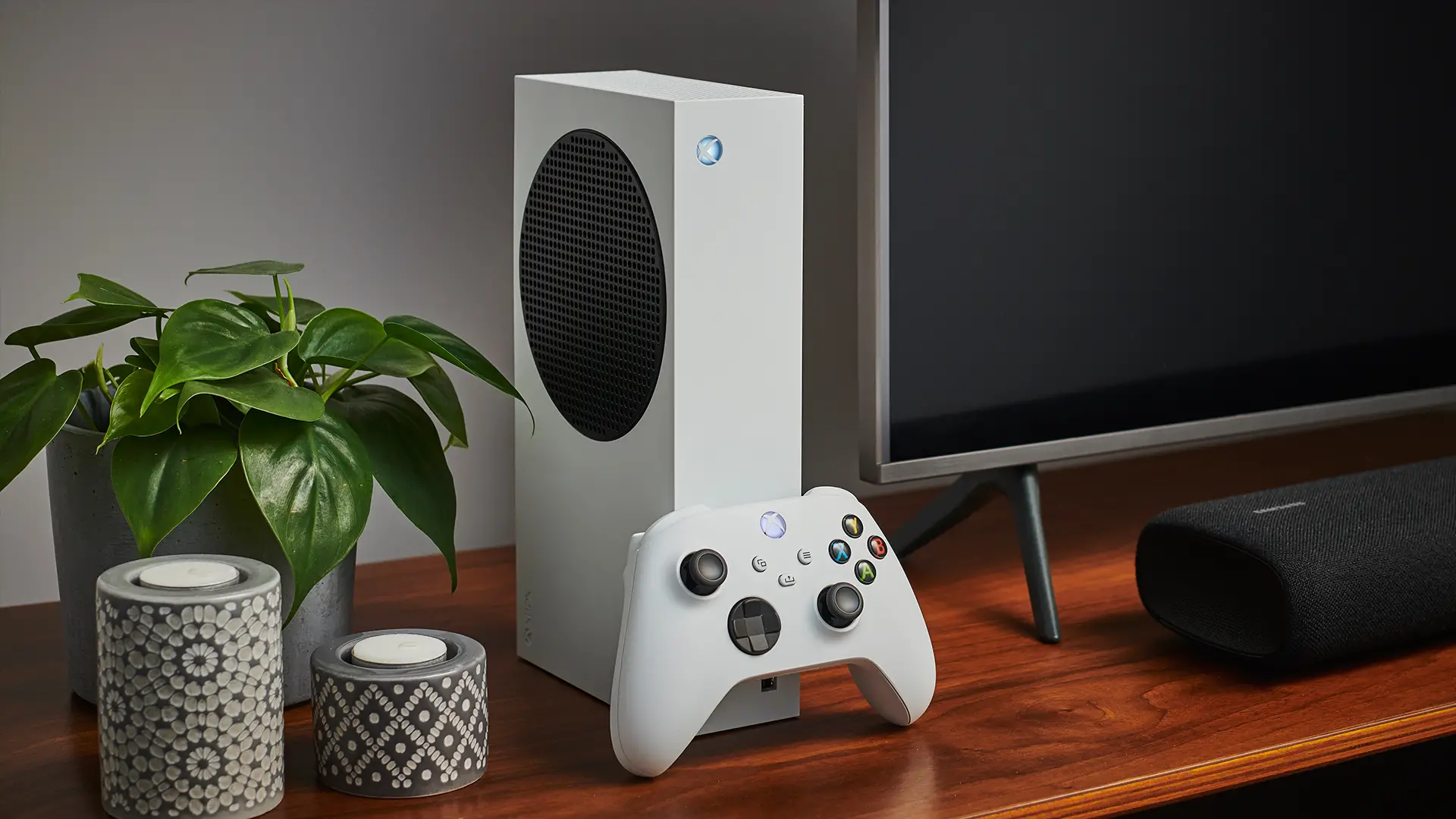Review-NVIDIA GeForce GTX 590 (Part 2): The Fastest Fermi There Is
Conclusions
NVIDIA GTX 590
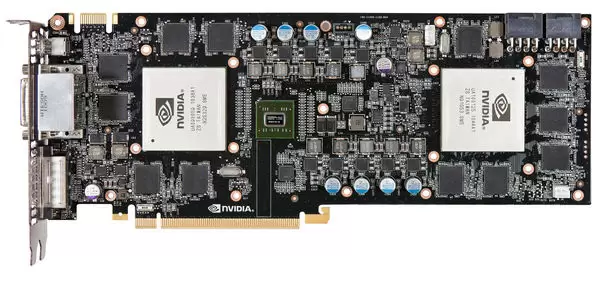
This March, NVIDIA has released two new variants of the GeForce GTX 500 in just one week. Both of them serve different purposes on different ends of the marketing spectrum. While the GTX 550 Ti introduced earlier is clearly aimed at budget gamers, the double-GPU GTX 590 attempts to tease enthusiasts who would settle with nothing but the best NVIDA has to offer.
With the GTX 590, you essentially obtain two GTX 580s (GF 110) in a single package. Their technical specifications are, therefore, identical to one another. The only difference lies in the operating frequencies of these two graphics cards, with the GTX 590 clocked lower to maintain reasonable temperature and power consumption levels.
Speaking of performance, with double the amount of GPUs as found in the GTX 580, the GTX 590 isn’t necessarily twice as fast. One important factor that determines how the corresponding application/ games will benefit from this kind of dual-GPU card is the quality of the driver and optimization involved. According to our test, the GTX 590 already performs admirably with the current set of drivers. Even our “heaviest” game, Metro 2033, runs at a frame rate well above 40 FPS with all the graphics settings (except PhysX) maxed out. GTX 590 excels in cases where extensive tessellation processing is involved.
Additionally, with 3 GB of on-board memory and three DVI connectors, GTX 590 users can expand their gaming experience by channeling the display to three different sets of monitor to enjoy the NVIDIA Surround or NVIDIA 3D Surround feature. This can be done without adding another graphics card, since a single GTX 590 already provides all that is required.
Performance Comparison: GeForce GTX 590 VS GeForce GTX 580
On paper, the GTX 590 might seem far superior compared to the GTX 580. However, in reality, we found that the GTX 590 is “only” 50% faster on average. It seems that the lowered operating frequencies play an important role here. Increasing the core and memory clocks should help improve the performance. After all, the GTX 590 is based on the same, GF 110 graphics processor.
Performance Comparison: GeForce GTX 590 VS GeForce GTX 570 in SLI
The minimum suggested retail price for a GeForce GTX 570 card is US$ 349. It means that you need around US$ 700 –about the same price of a single GTX 590- to obtain two GTX 570s and run the pair in SLI mode. From our benchmark results, two GTX 570s in SLI should perform better than the GTX 590.
So, is it better to go with two GTX 570s in SLI? For about the same price, you get a level of performance that is higher than that of the GTX 570, but this solution comes with its own disadvantages. First, you have to provide an SLI compatible motherboard with at least two PCI Express x16, which the GTX 590 obviously doesn’t need since it’s based on a single-slot design. Secondly, two GTX 570s in SLI consume more power, produce more noise, and generate more heat compared to the GTX 590.
Performance Comparison: GeForce GTX 590 VS GeForce GTX 560 Ti in SLI
Surprisingly enough, the twin GTX 560s is just a tad behind the GTX 590 on average. You will need around US$ 500 to get a pair of GTX 560 Ti cards, and that is considerably cheaper than a single GTX 590. Still, the SLI limitations (more noise, higher temperature and power consumption) also apply here
NVIDIA GTX 590 VS AMD HD 6990
With an MSRP of US$ 699 (not including tax), GTX 590‘s direct competitor should be the Radeon HD 6990 from AMD, which is also a dual-GPU board. In some older, non-DirectX 11 games, Radeon HD 6990 holds the upper hand. But in newer, DirectX 11-enabled, tessellation intensive applications, GTX 590 tends to be faster than the HD 6990. It’s worth remembering that the GTX 590 is also armed with an array of additional features not found on its Radeon competitor, such as PhysX and CUDA support. The latter could be compensated to some degree with support for the alternative ATI Stream feature, but the former is exclusive to GeForce cards only.
Final Words
When it comes to feature and raw power, the GTX 590 is one of the best gaming solutions available today. With this dual-GPU card, you can have all the graphics settings maxed out and still achieve playable frame rate in modern games. The price is rather steep at US$ 699, but it’s well worth it, in our opinion.
Perhaps because of this premium price, we haven’t seen too many GTX 590s in the market, at least until now. Also, the GTX 590 apparently will not be produced in large quantities. In that case, there’s a good chance that the price would be even higher if there’s a shortage of GTX 590 boards, but let’s just hope that it won’t happen.
Since the GTX 590 is clocked at far lower frequencies compared to its “single GPU variant”, the GTX 580, it would be interesting to see how it performs once the clock speed has been restored to match that of the GTX 580. It should be possible to raise the core clock to 700 MHz. If all goes well, we will explore GTX 590’s overclocking potential in our next article. Keep checking JagatReview.com for more updates!




